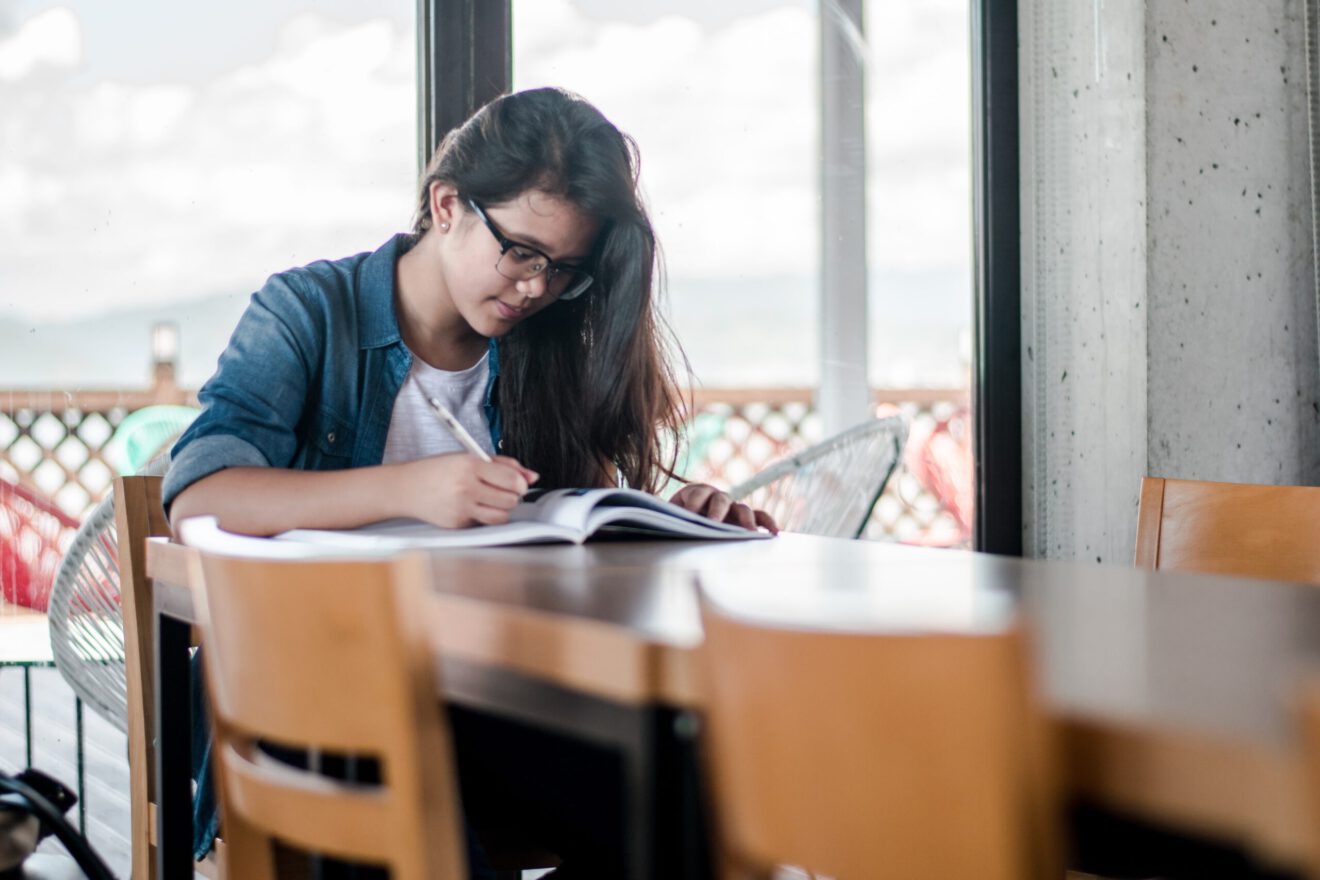Insights is a SmartBrief Education Originals column that features perspectives from noted experts and leaders in education on hot-button issues affecting schools and districts. All contributors are selected by the SmartBrief Education editorial team.
To keep everyone safe from the threat of COVID-19, educators nationwide have spent countless hours creating remote and hybrid learning environments for their students. In the process, they have forever reinvented what K-12 instruction looks like.
Many experts believe the new learning environments that schools have established during the pandemic will continue in some form or another well after the current crisis is over. If this is true, then it becomes even more critical that we get this method of instruction right.
As one superintendent told Education Week, “There’s no going back now.” Being able to learn remotely makes education more convenient for some students, such as those who have health problems or those who feel threatened while at school.
In a survey by the RAND Corporation last fall, 10% of K-12 leaders said they were thinking of continuing to offer a blended or hybrid learning model even after the pandemic is over, and 20% said they would consider offering a fully remote option for students.
At the very least, schools — and teachers — are now equipped to shift between remote and in-person instruction seamlessly, possibly making snow days and other learning interruptions a thing of the past. The question now is, how can educators improve on these models for teaching some or all students remotely moving forward?
VHS Learning has been teaching online courses for more than 25 years. We define online learning as learning that is designed from the start to take place at a distance, using the full capabilities of technology and learning infrastructure to create a robust online classroom experience. True online learning should not be confused with remote learning, which is what we’ve been seeing during the pandemic. Remote learning often uses a “lecture model” that attempts to replicate a teacher’s face-to-face instructional style. Here are three strategies that we have used to make these experiences successful for students.
Look for opportunities to foster community
One of the challenges involved in learning remotely is the sense of isolation that students might feel when they’re not sitting in the classroom with their peers. Creating a strong sense of community can help reduce this isolation, so that students feel more connected with each other and their teacher. If students don’t feel connected, they aren’t likely to engage in lessons remotely.
One way to build community is to use “icebreaker” activities to help students become part of the conversation. Also, be certain that students can see and hear each other well. If you’re teaching in a hybrid environment, position cameras and microphones so that remote students are fully engaged. Check in with your remote students regularly to make sure their technology is working, and they can see and hear everything that’s going on.
In addition, teachers should have students interact frequently as part of assignments. For instance, use discussion boards, breakout rooms, and other online forums to facilitate class discussions. Have students use Google Apps, blogs, or video to share their work with the class, and ask them to comment on each others’ work. Have them use digital collaboration tools to work together on projects.
Be very intentional in how you use face time
To leverage the strengths of both synchronous and asynchronous learning, teachers should match the learning activities to the most appropriate learning mode. For instance, students might use asynchronous learning for absorbing content, such as by reading about a topic or watching a video, and then use synchronous class time for office hours or interactive lessons that leading to deeper learning and understanding. These activities might include class discussions, debates, labs, or hands-on projects.
Give students frequent feedback and support
Students need to feel supported throughout their educational journey, and that’s especially true when they’re learning remotely.
An effective remote learning experience should include some kind of orientation for students at the outset, so they know what it takes to succeed in the course and how they can ask for help. Teachers should communicate both with the entire class and also one on one with students as questions arise. Throughout the course, teachers should provide substantive feedback on assignments to keep students engaged, on track, and fully aware of their progress. Frequent communication is an important way to ensure that students, especially those who might be struggling, get the support they need to succeed.
Giving clear, explicit directions is always important. But it’s even more important when students are learning remotely, when they might have more infrequent access to their teacher — or when a teacher can’t see confusion on a student’s face. Be sure you post detailed instructions for what you expect students to do. Begin each class or instructional module with an overview of the lesson, taking care to ensure that both remote and in-person learners can see this information and ask questions.
Having the flexibility to learn from home or at school can serve students’ needs more effectively, even when the pandemic is over. For remote and hybrid learning to become the “new normal,” however, schools must be very deliberate in how they deliver instruction.
By building on the hard work educators have done so far and learning from providers who develop and deliver high-quality online instructional programs designed from the start to use best practices, we can continue to make these environments even better and set up students for success — regardless of where they learn.
Carol DeFuria is the president and CEO of VHS Learning, a nonprofit provider of full-time and supplemental online instruction for students in grades 6-12.
